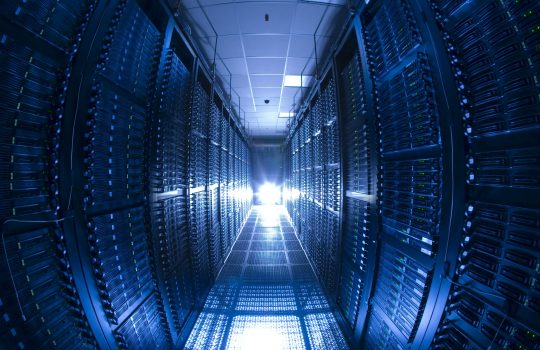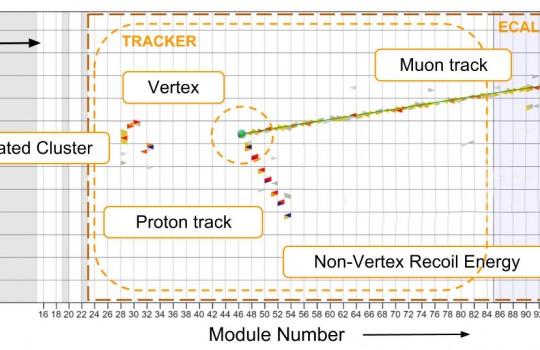Why DUNE? Exploring supernovas, neutron stars and black holes
From Sanford Underground Research Facility, May 19, 2020: The international Deep Underground Neutrino Experiment, hosted by Fermilab, will be tuned to see neutrinos streaming from a nearby supernova. Such neutrino interactions could give researchers insight into one of the explosive processes that formed the elements in our solar system and our planet.


